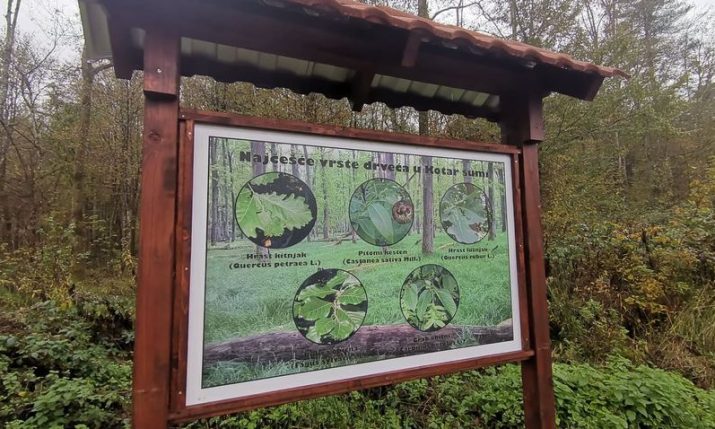Surviving beauty of Banovina: Embark on a search of stunning views
- by croatiaweek
- in Travel
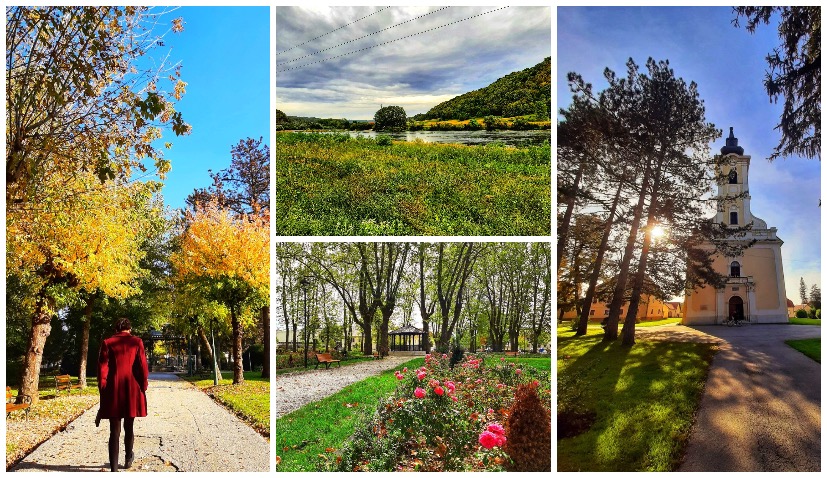
Banovina
The earthquake changed the face of Banovina, but if you take a closer look you will see the beauty that history has left it as a legacy. Impressive parks that can compete with Zagreb’s Zrinjevac in terms of sophistication, the fairy tale river Petrinjčica winding through Petrinja, or the proud castle of the Zrinski family reflected on the surface of the beautiful river Una – are just some of the reasons to give Banovina a chance this autumn and look at it with different eyes by following the little guide of the Banovina Heritage Interpretation Centre.
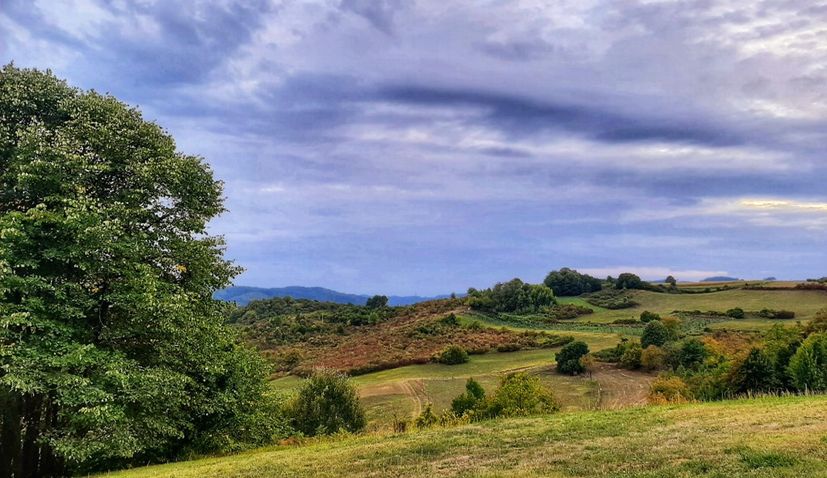
Banovina . Cukur
BANOVINA HERITAGE INTERPRETATION CENTRE
The Banovina Heritage Interpretation Centre, founded in 2016 by the Sisak-Moslavina County, has been carefully monitoring the preservation of the cultural and natural heritage of Banovina towns and villages since its foundation. This young cultural institution gained even stronger momentum in its activities in 2018 by moving to its institutional headquarters in the centre of Petrinja, designed as a museum-type space that has an educational, exhibition and research function.
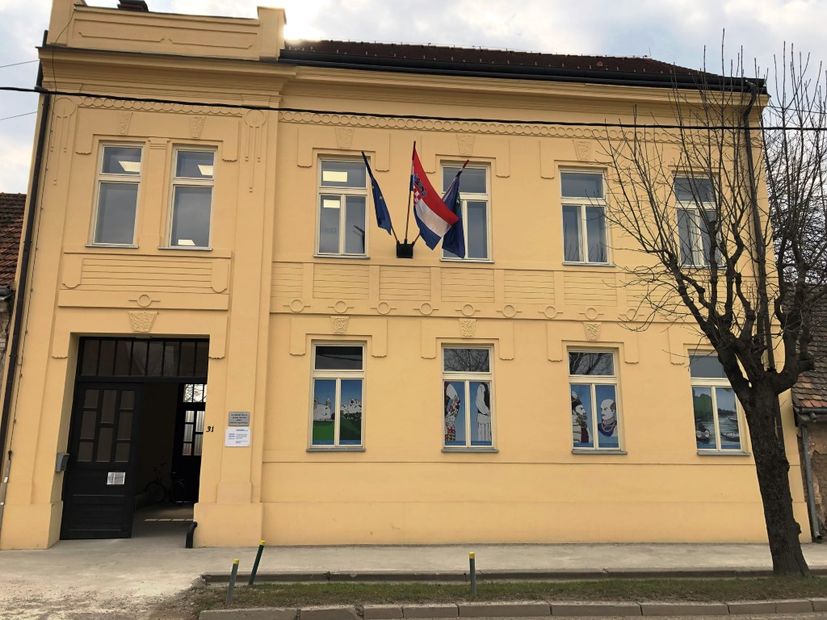
Banovina Heritage Interpretation Centre
A very important part of the Centre’s activities is the presentation of the Heritage Pottery Collection of the Bešlić family from Petrinja, which, thanks to the Centre, is entered in the Register of Cultural Property of the Republic of Croatia. Although the building of the Centre was damaged in the earthquake and is currently being renovated, the Banovina Heritage Interpretation Centre continues to work and cooperate with other institutions in the field of culture, education and related organizations to improve its activities and create an offer of cultural tourism in Sisak-Moslavina County. If you want to follow the work of the Centre, be sure to visit the website www.iccb.hr and the Facebook page @ICBBanovine.
PETRINJA – RIVER PETRINJČICA AND CITY PARK
A visit to Petrinja after the devastating earthquake is a visit to a city that has lost a lot and which cannot provide a joyful, relaxed welcome like other cities. However, many parts of Petrinja have survived, defying the current situation with their beauty, and inviting you to walk its streets and feel admiration instead of sadness as a sign of encouragement. This feeling is guaranteed if you look for the river Petrinjčica that, in the very centre of the ruined city, looks like an idyllic fairy tale with its linden and black locust avenues, four bridges and waterfalls. The promenade along Petrinjčica is a circular educational-recreational trail 6.6 kilometres long that takes you to Mount Hrastovica and back during a two and a half hour easy walk, and you just need to listen to its stories following the yellow heart-shaped linden leaf markers that will remind you that Petrinja is a small town with a big heart.
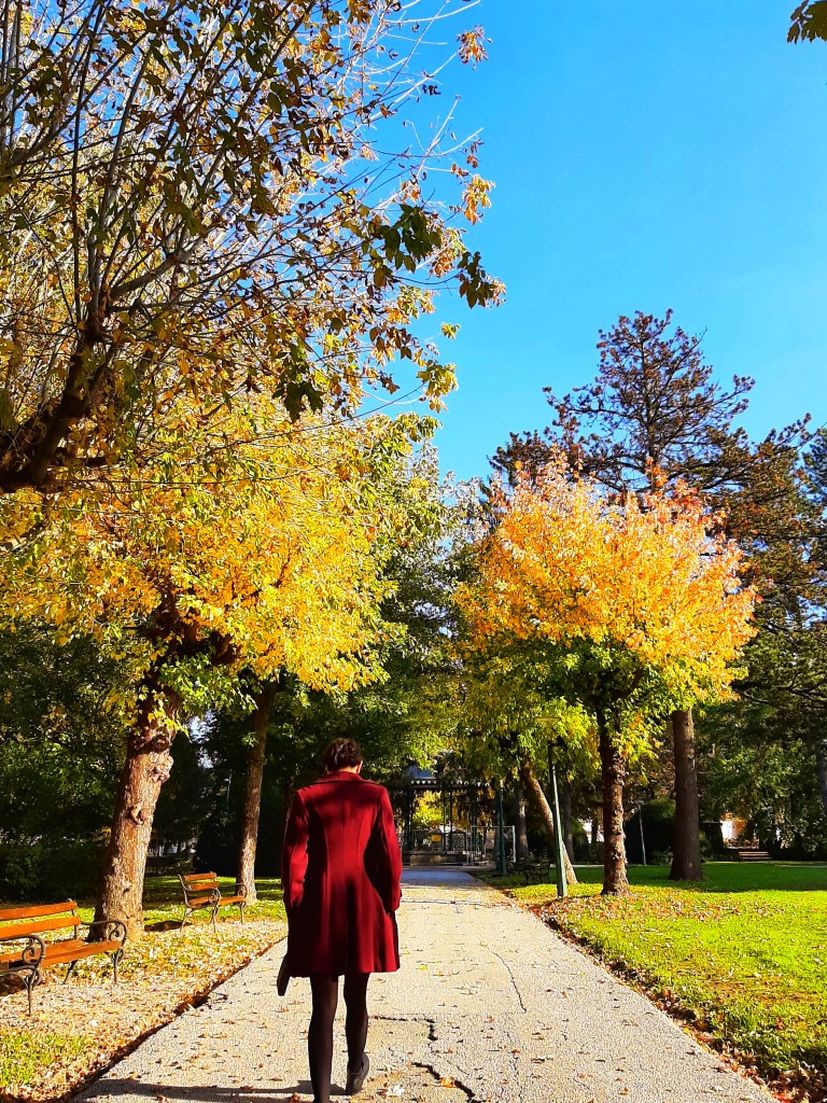
Petrinja park
Another beautiful place is certainly the City Park, at the entrance of which is a very important building. On the site of today’s Croatian Home, a Turkish fortress once stood, which the Christian army conquered for the first time on 10th August 1594, on the feast of St. Lawrence, which is why this saint was later proclaimed the protector of the city of Petrinja. Petrinja City Park was created during the short reign of Napoleon in the 18th century. French sophistication and elegance are responsible for its appearance, which is dominated by the parish church of St. Lawrence.
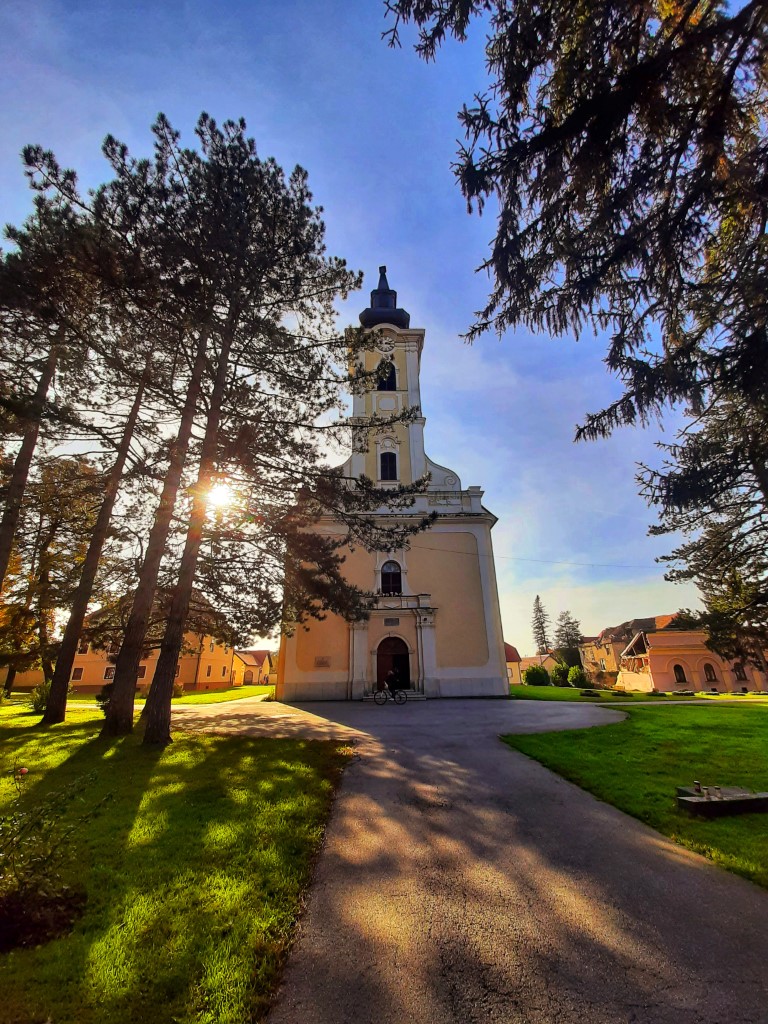
Petrinja – parish church of St. Lawrence
In addition to the music pavilion, the fountain with unusual sculptures by the sculptor Ferdo Ćus, which was decorated after Petrinja received its first city water supply, will also attract your attention. Another special feature of Petrinja, the pottery tradition, will be indicated by the oversized stucka, a characteristic Petrinja clay jug placed as a sign of welcome at the entrance or exit from Petrinja. If you want to take a panoramic view of Petrinja and enjoy some coffee, we suggest Maraschino Petrus bar located not far from Petrinja, and if you want to taste traditional dishes, you should definitely head to Mlinski kamen on the banks of the river Kupa.
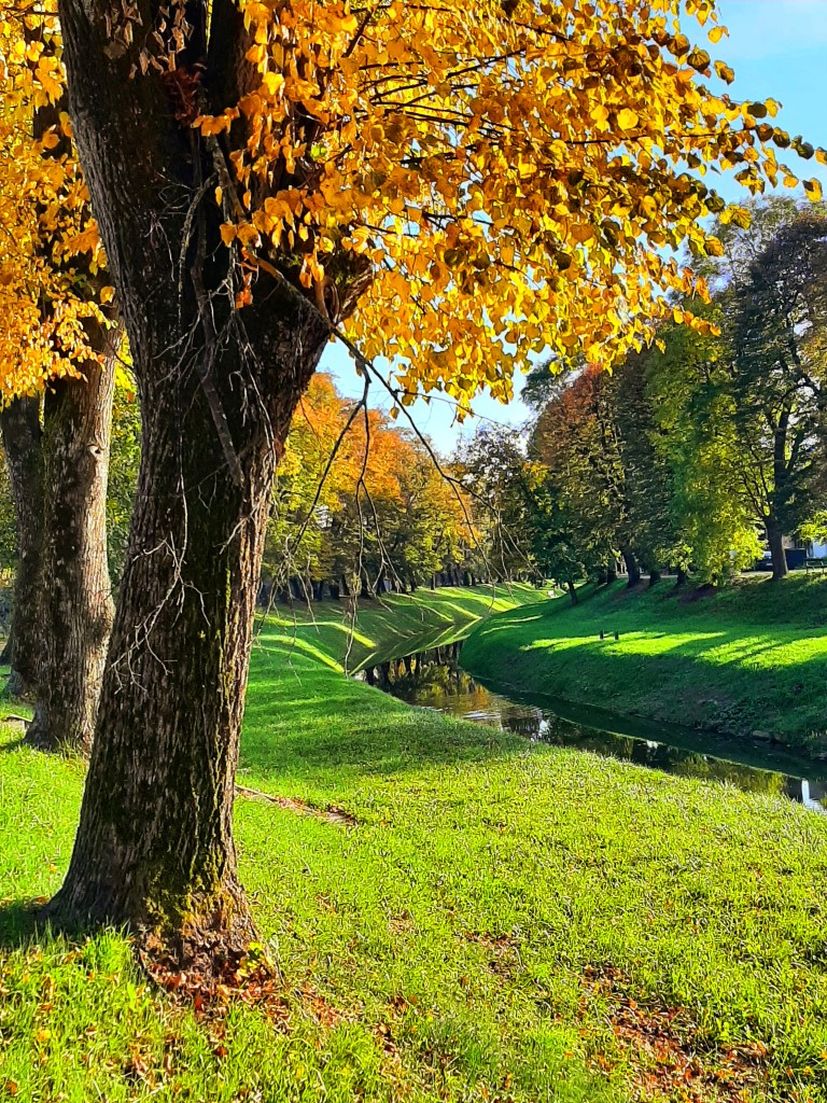
Petrinjčica river
TOPUSKO – NIKOLA’S HILL, LAKE TOPUSKO AND PARK OPATOVINA WITH GOTHIC CHURCH PORTAL
Largely spared from earthquakes, Topusko will delight you with its intertwining with nature, which offers you places to relax at every turn. Thanks to thermal springs and ore deposits, Topusko has been inhabited since prehistoric times, and in antiquity a highly urbanized settlement developed, as evidenced by numerous finds such as various altars, urns, tombstones, large amounts of Roman money and amber ornaments. Especially significant are the stone altars dedicated to the Roman deity Jupiter and the divine couple Vidas and Thiana, the forest god Silvanus, etc. You will find some of the Roman traces when you climb Nikola’s Hill, a natural attraction in the centre of Topusko. Elevated to a height of 184 m, Nikola’s Hill attracts the eye, overgrown with luxurious coniferous and deciduous trees. Another natural attraction is Lake Topusko, along which in the 19th century Sofija Jelačić, the wife of Ban Jelačić, walked. She arrived in Topusko like many well-to-do members of the upper classes from all over Europe. Thermal springs and mud baths benefited her health, and she especially loved walking along the lake because of the beautiful female swan she called the “queen of the lake.”
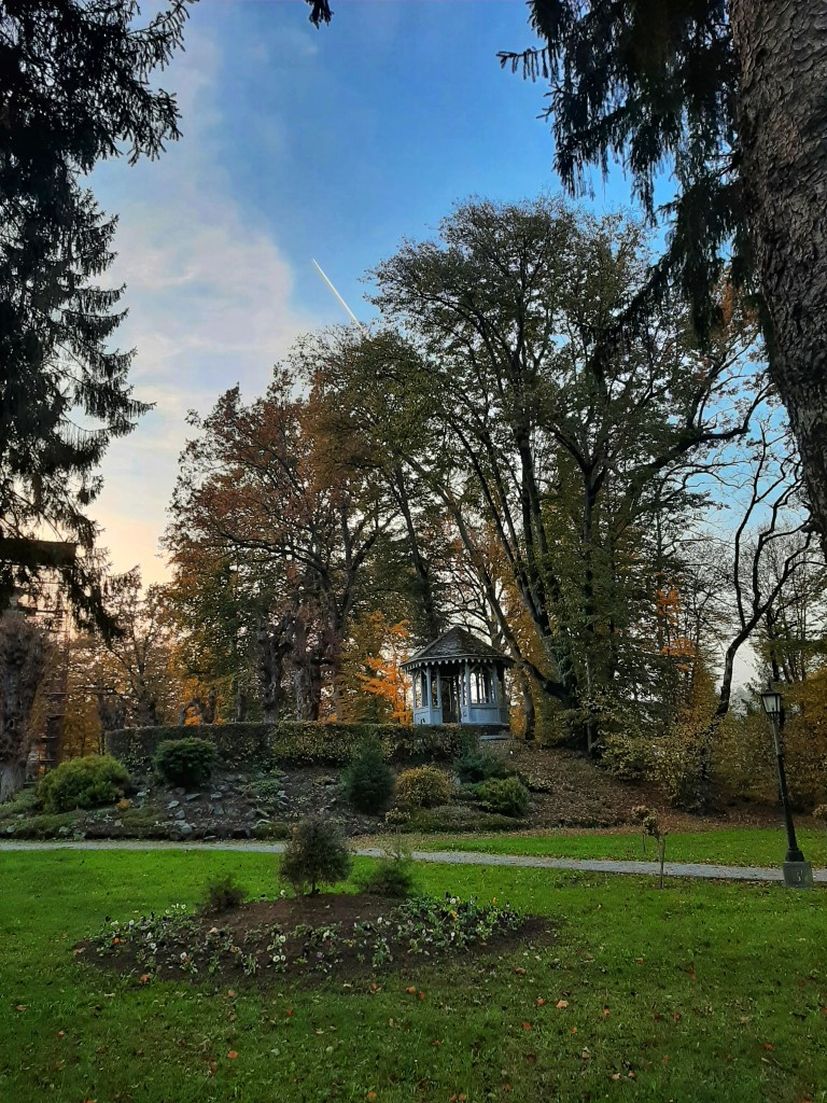
Topusko – Park Opatovina
During the time of the Military Frontier, Topusko Spa experienced its greatest prosperity, so promenades and parks were arranged next to villas and palaces, and especially the most exquisite one, Park Opatovina. It hides a truly impressive secret as high as 23 m. It is the entrance portal of the Church of the Blessed Virgin Mary, which some authors consider the most representative example of Gothic architecture in Croatia. Together with the monastery, it was built by the Hungarian-Croatian King Andrew II in 1211. If this park with its diverse trees, artificial islet and wooden pavilion seems mystical, you will find an explanation in the fact that King Andrew gave the management of the church and monastery with certain privileges to mysterious Cistercians who painted the church in pink, their favourite colour. The Cistercians arrived in Topusko from France, and were expelled from these parts by the Turks in 1556 who destroyed everything except the entrance portal, which is currently being rebuilt.
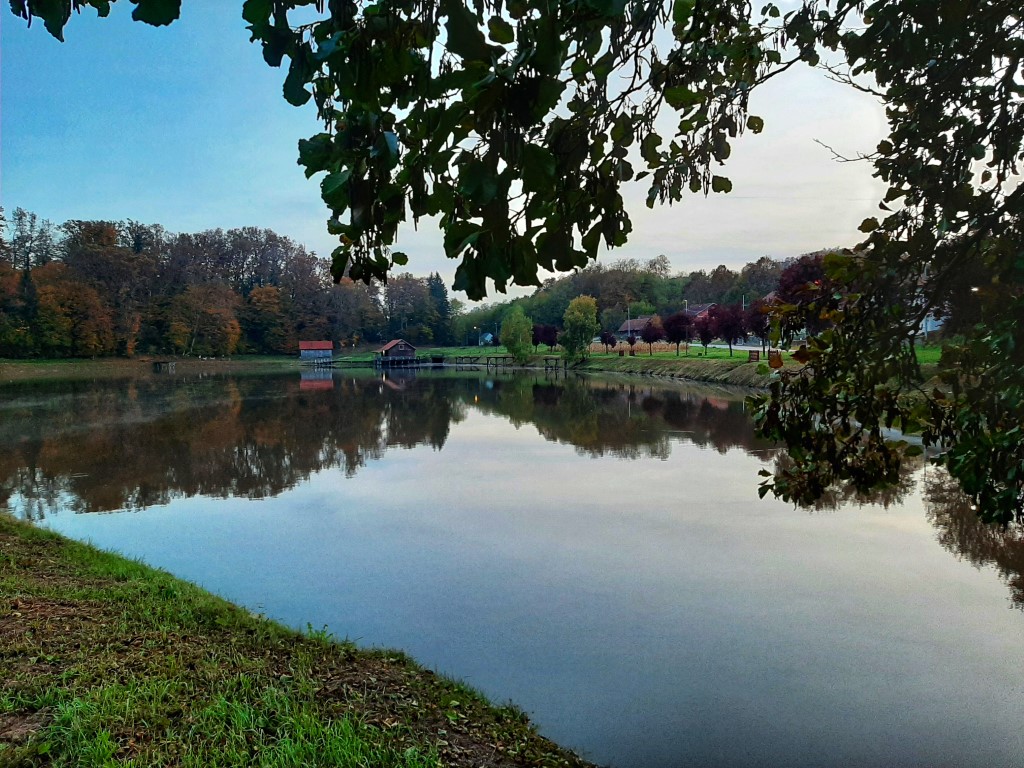
Topusko lake
GLINA – BAN JELAČIĆ PARK AND ARCHAEOLOGICAL SENSATION “PRINCE OF BOJNA”
It is easy to fall in love with Zagreb’s Zrinjevac. Cosy and beautiful, it is a favourite place of the people of Zagreb and their guests. But did you know that not far from Zagreb it has a twin brother that can easily compete with it in sophistication and elegance? If you visit Glina, you will be convinced that, despite all the adversity, its heart is green and beautiful. Almost all the most important buildings and monuments, from the Town Hall to the Church of St. John of Nepomuk, and numerous houses from the time of classicism, obediently encircle the spacious and recently renovated Ban Josip Jelačić Park, where you will find as many as 167 trees, mostly plane trees and chestnuts, but also a colourful and modern playground for children.
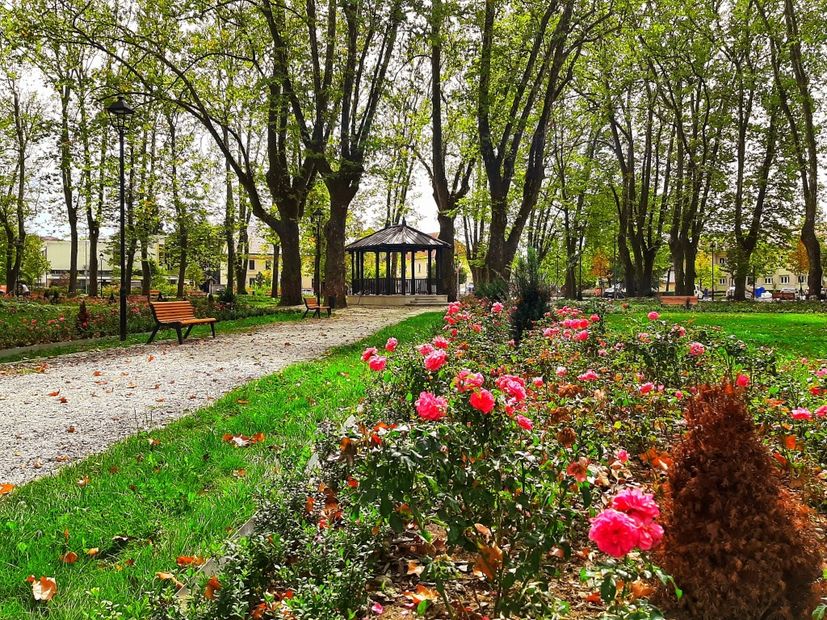
Glina – Ban Josip Jelačić park
Walking through the park full of flowers, remember that in the 18th and 19th centuries, colonels and soldiers walked proudly through it, because this place was intended for military parades during the time of the Military Frontier. A lively and cheerful atmosphere was guaranteed by the trade fair, which was also held here, later called the women’s square. The walk will take you to the building of the Glina Town Hall in front of which stands a statue of Ban Jelačić watching the city in which he ruled, and a step further you will find a sound reminder of another famous name related to Glina. Josip Runjanin, an officer of the Glina Ban Regiment under the command of Ban Josip Jelačić, set the verses of the Croatian anthem to music in this town. In order for both children and adults to remember this well, a musical fence made of 35 melodic pipes has been set up in the immediate vicinity of the Town Hall, and you can try and play Our Beautiful Homeland by tapping them with a mallet!
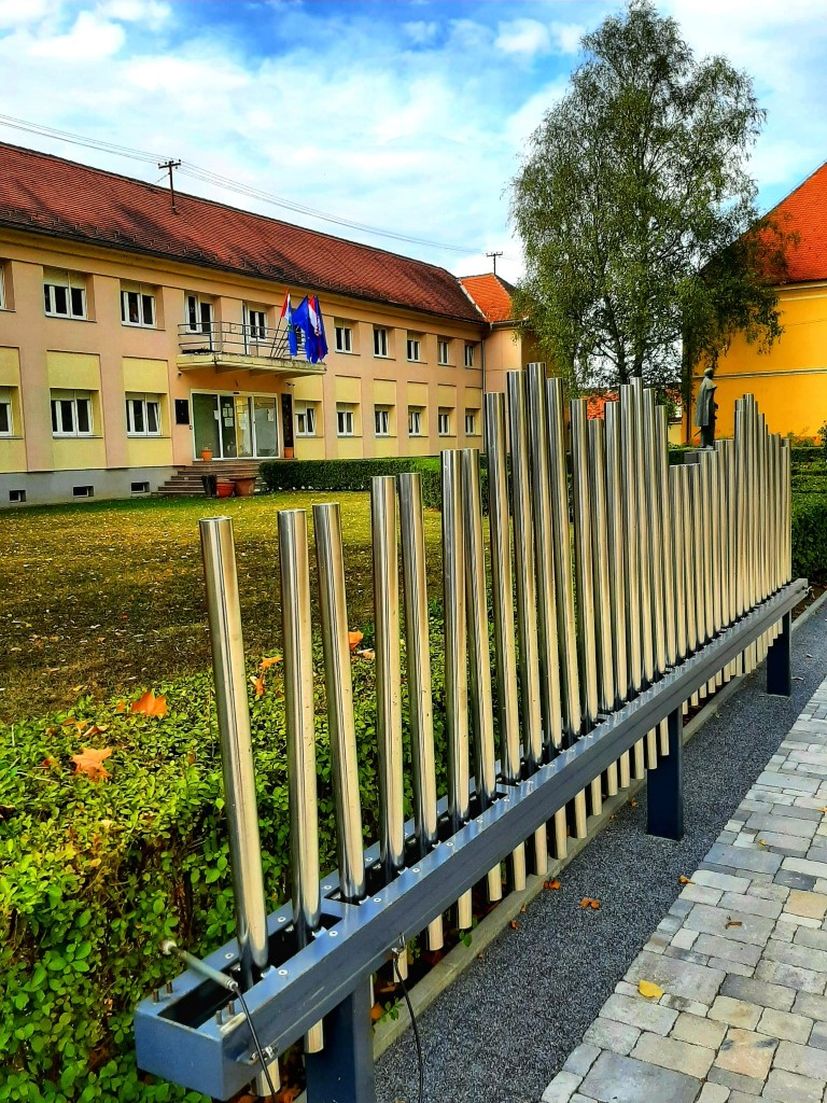
Glina musical fence
During your stay in Glina, keep in mind that in its vicinity, in the town of Bojna, there is a real archaeological sensation, i.e., the last resting place of an unknown Croatian medieval prince called the “Prince of Bojna.” Thirty-seven medieval graves were found at the Brekinjova kosa site near the Bojna, and one of them hid numerous valuables that reveal that the dignitaries of that time went to eternal rest surrounded by material evidence of their high social status. Valuable objects were an inspiration to archaeologists to call the deceased from grave no. 4 the Prince of Bojna, and his true identity has yet to be discovered just as this period of Croatian history needs to be better explored.
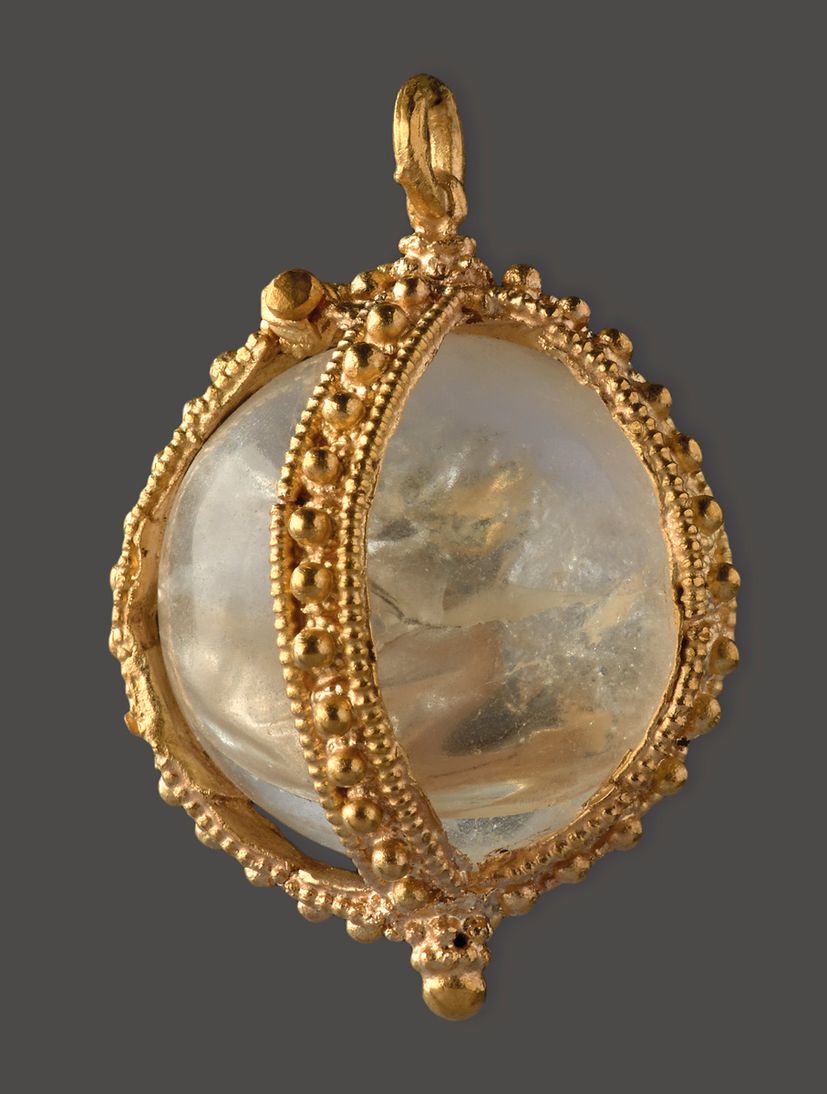
Crystal pendant from the grave at the Brekinjova kosa site near the Bojna (Photo: LJ. Gamulin, 2019)
DVOR – SILVER MINES AND THE FERTILE VALLEY OF THE UNA RIVER
In the past, the Counts of Zrinski had mines (Gvozdansko and Majdan) and mined silver in this area, but although there is not much shine in today’s picture of Dvor, this area still has something that will dazzle you. If you visit Dvor, you will be amazed by the beautiful trees of another century-old park from the time of the Military Border. Around it, just like in Glina, the buildings of the then military administration and the church sprang up. It is interesting to mention that the beginning of today’s settlement, after the departure of the Turks, was located on a terrace called “floors” above the river Una, so it was first called Podovi (Floors), and only afterwards Dvor, thanks to Emperor Joseph II after whose visit in 1775 the name was changed.
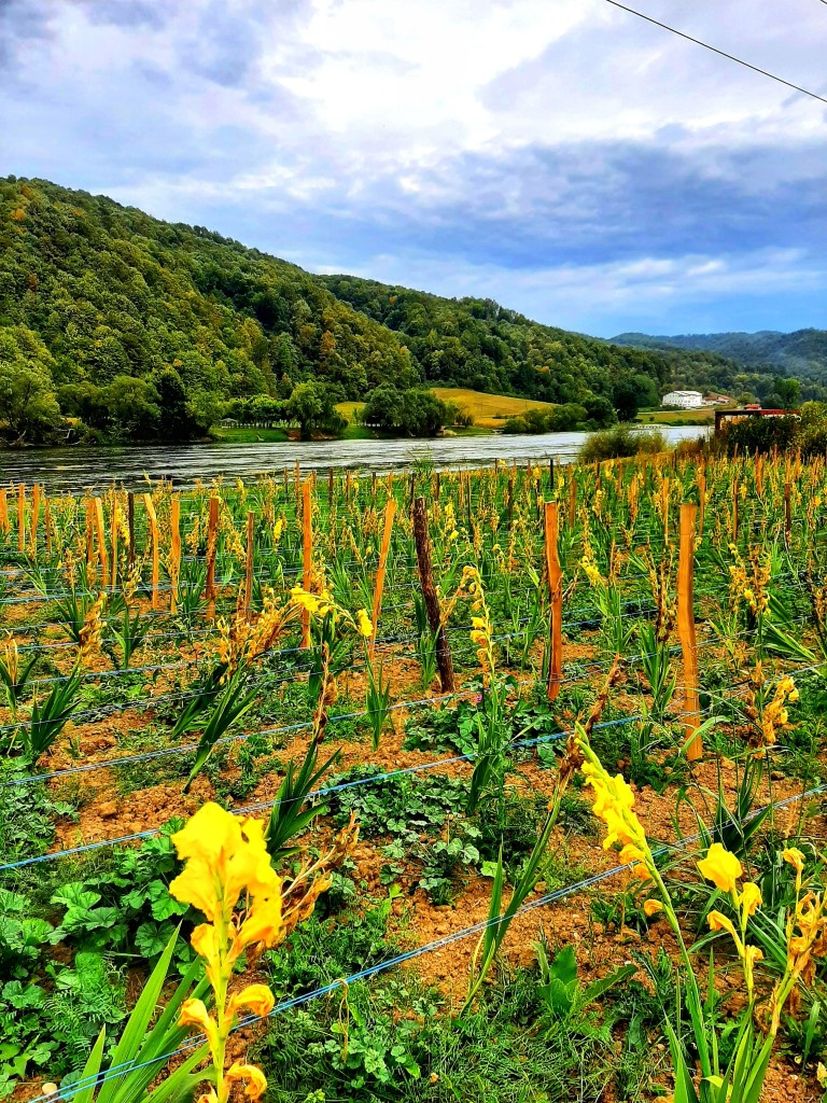
Dvor – Una valley
If you want to explore, know that the surroundings of Dvor abound in prehistoric sites located in the villages of Javornik, Matijevići, Norde and Gorička, and ancient remains were found in Hrtić. The greatest asset of Dvor is certainly the river Una, with its tributary river Žirovac, which calms its temperamental character in this area and becomes a real lowland river, calm and wide like the Sava. You will enjoy the view of the green hills, the river and the river islands, as well as the fertile fields along the Una, where it is even possible to find a plantation of yellow irises. Fishing enthusiasts will especially enjoy it because the Una is home to 23 species of fish, including those from its upper flow.
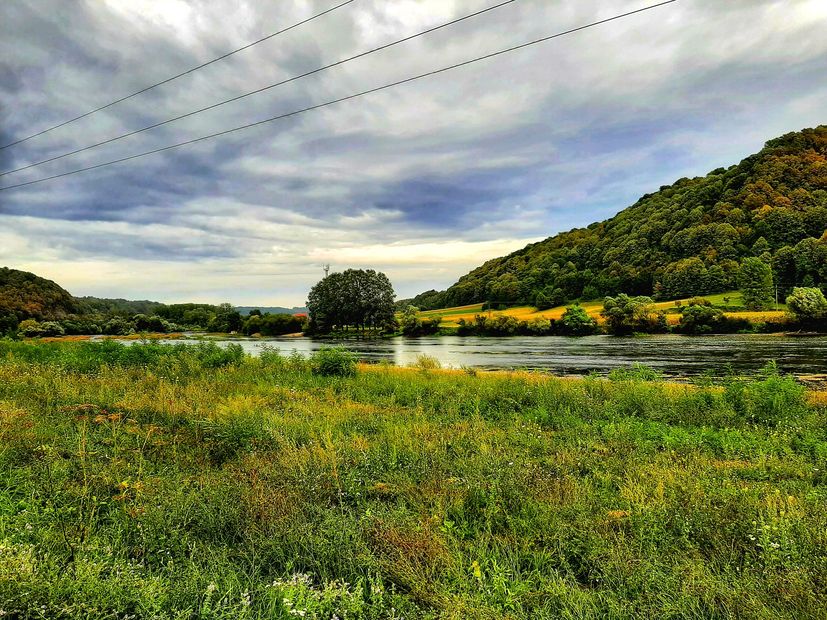
Una valley
HRVATSKA KOSTAJNICA – KAŠTEL ZRINSKI ON THE RIVER UNA AND FOREST PARK ON DJED HILL
Hrvatska Kostajnica is another Banovina town on the river Una, to which history has given several roles. It was named after the chestnut tree, it was inhabited by Illyrians, two Roman roads passed by it, it was first mentioned in 1240, and it was bought, sold and conquered by many noble and royal families due to its important position, including the Turks. Kostajnica was an important estate, a customs house that supervised traffic and trade, part of the Military Frontier, a regiment, a town and then a free city. Its most impressive landmark is certainly, along with the Franciscan monastery and the church of St. Anthony of Padua, Kaštel (Castle) Zrinski which seems to grow out of the river Una. According to some sources, it was built in the 13th century, and for many centuries it defended the people of Kostajnica from the Turks and other invaders, and was the main place around which life took place. The Zrinski princes received the keys to the castle in the 16th century, and the fort itself is named after them. The walls and towers are largely preserved so you can tour them and listen to their turbulent historical stories.
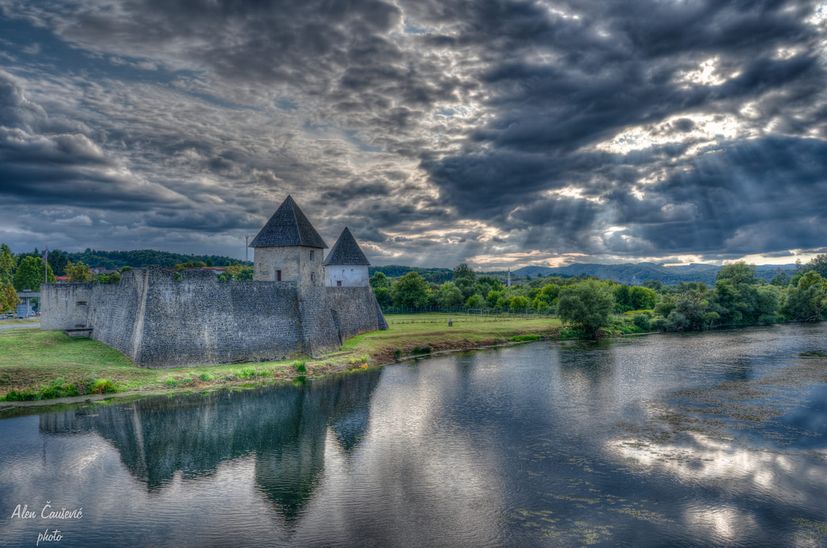
Hrvatska Kostajnica – (Photo: Alen Čaušević)
If you get hungry during your stay in Hrvatska Kostajnica, know that you will find a good bite on a hill with an unusual name. Djed (Grandpa) Hill is known for its dense park forest that attracts locals and passers-by, the restaurant of the same name and the beautiful view of the Una valley. The forest park was planted under the guidance of Davorin Trstenjak, a pedagogue and writer originally from Slovenia, who in 1892, while serving in Kostajnica, began clearing bushes with his students, arranging a promenade and planting trees along the slopes of Djed. In this green oasis, staying on the terrace or in the interior of the restaurant Djed decorated like a wooden hut, you will taste local specialties with chestnuts. Children will enjoy the playground next to the restaurant under the arch of green trees. Every autumn, the Chestnut Festival is held in Kostajnica, inviting people from all over with a multi-day program to take a walk through the beautiful forests, gather, and then treat themselves to that warm autumn delicacy.
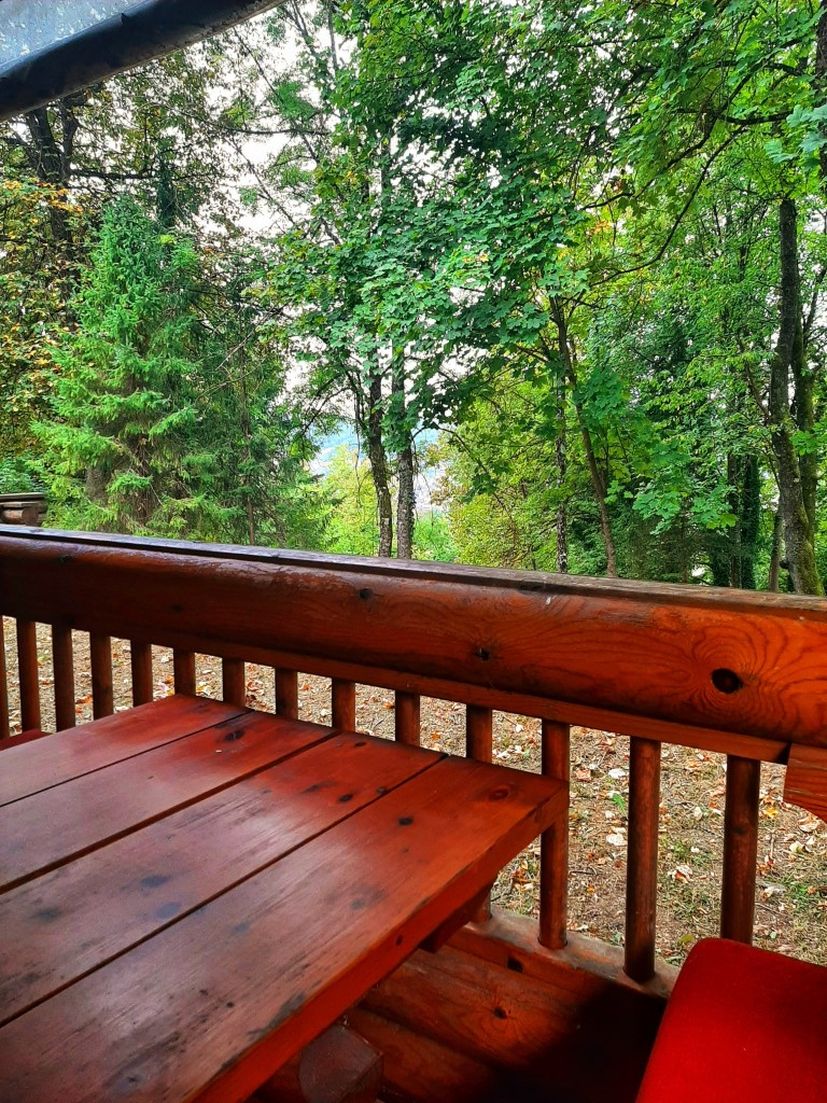
Hrvatska Kostajnica – Djed resaurant

